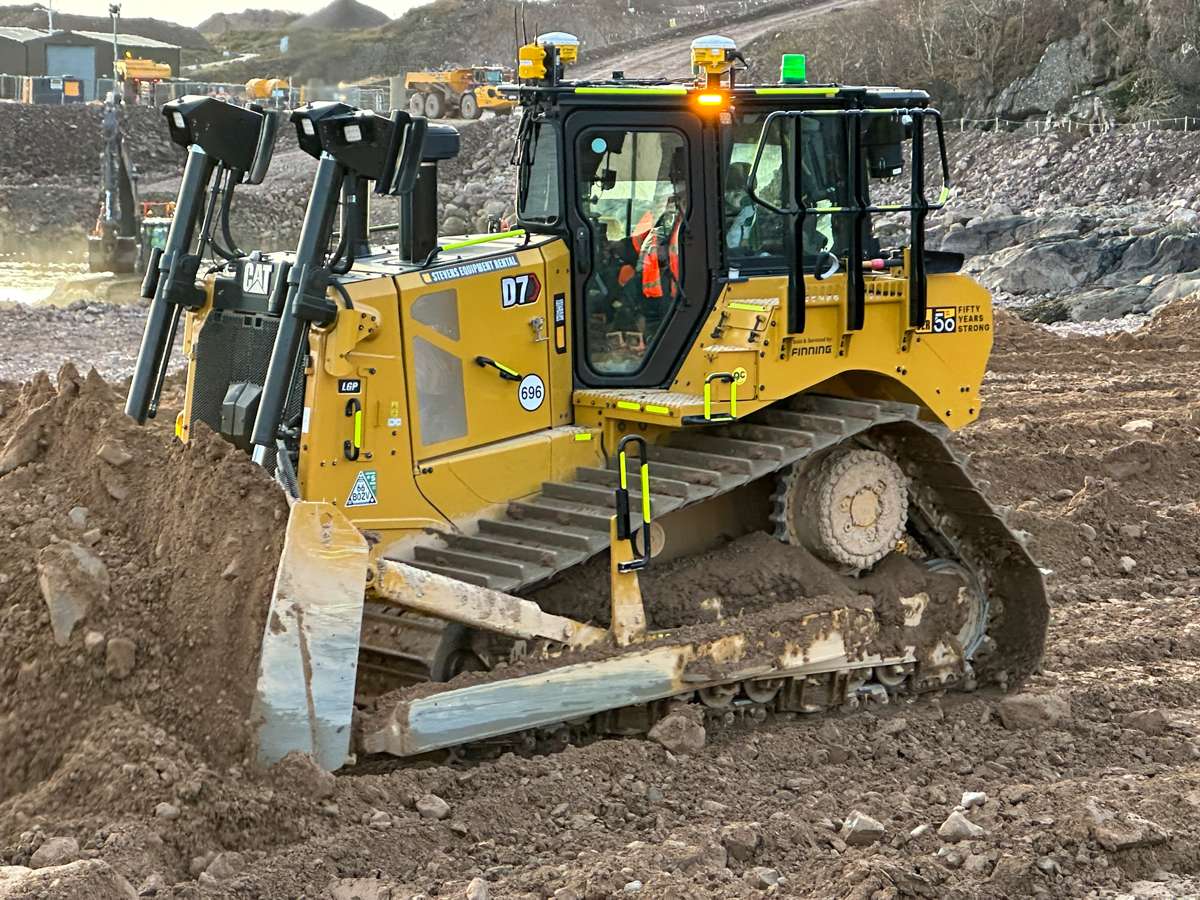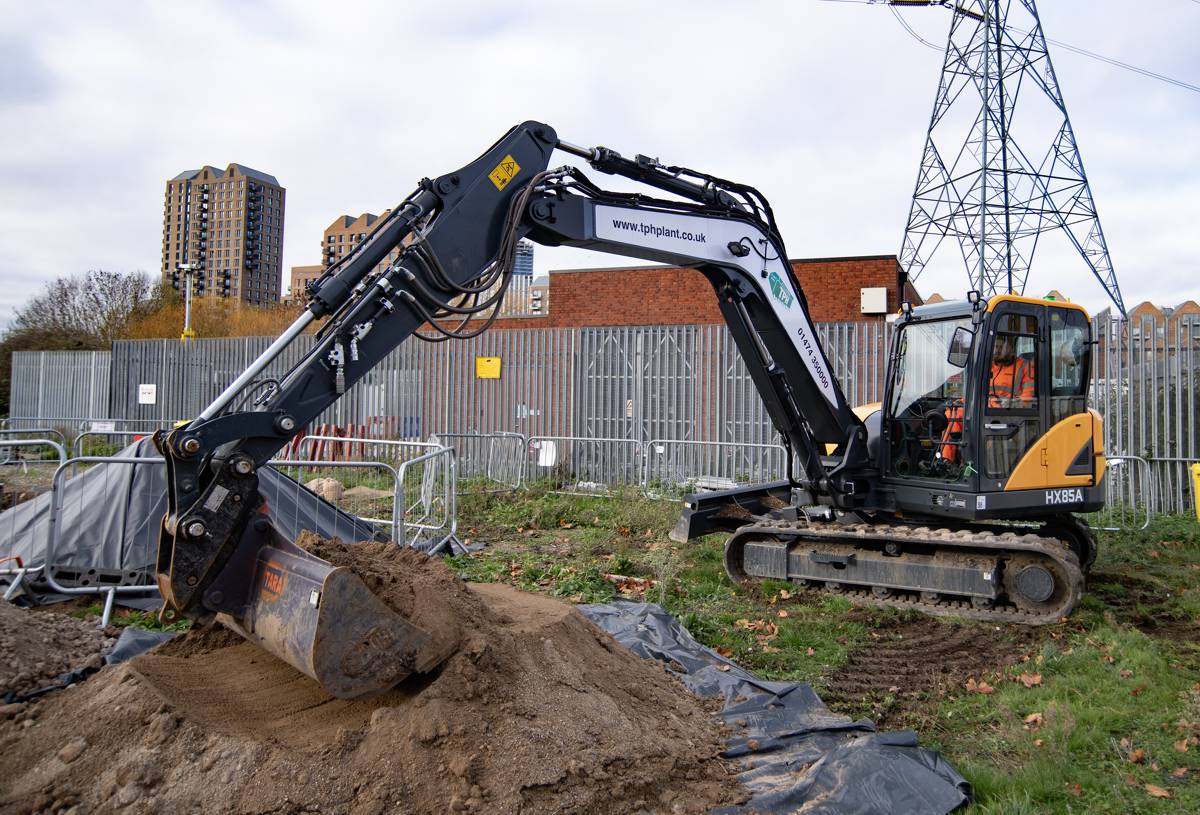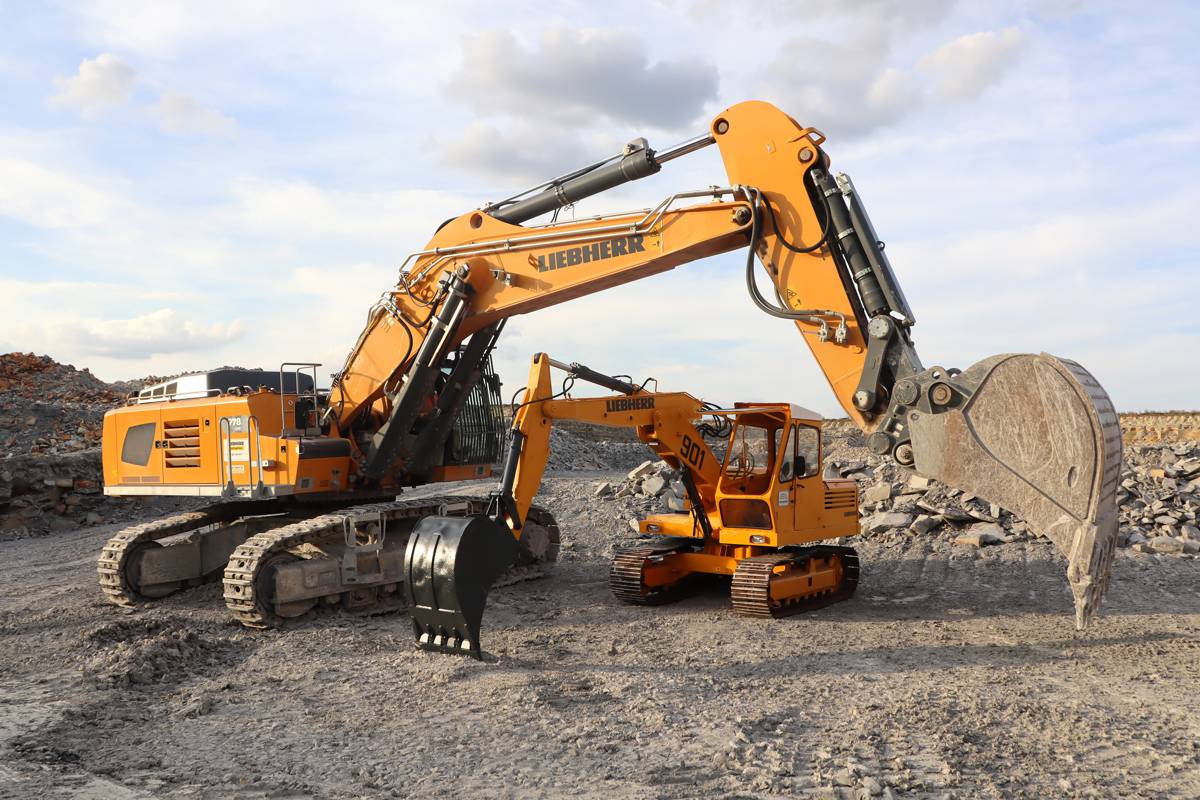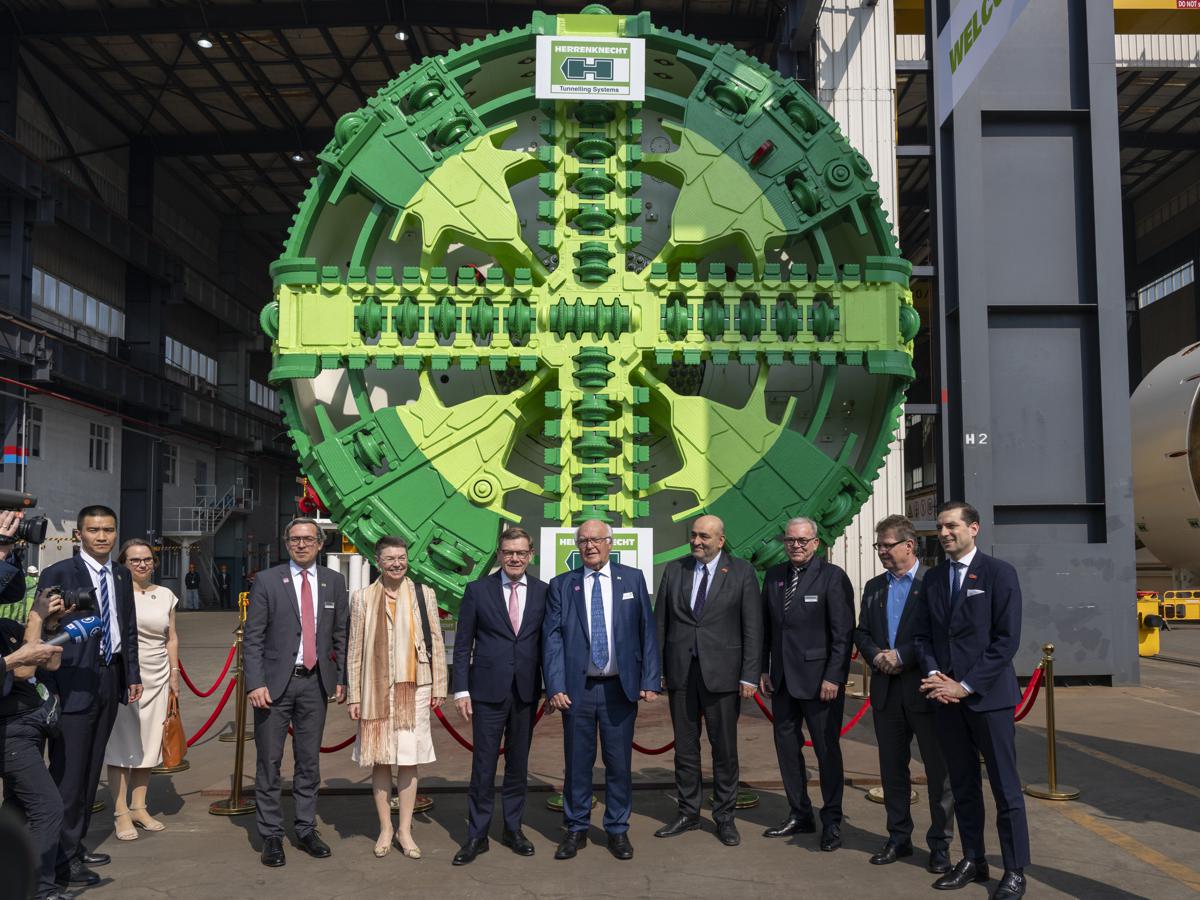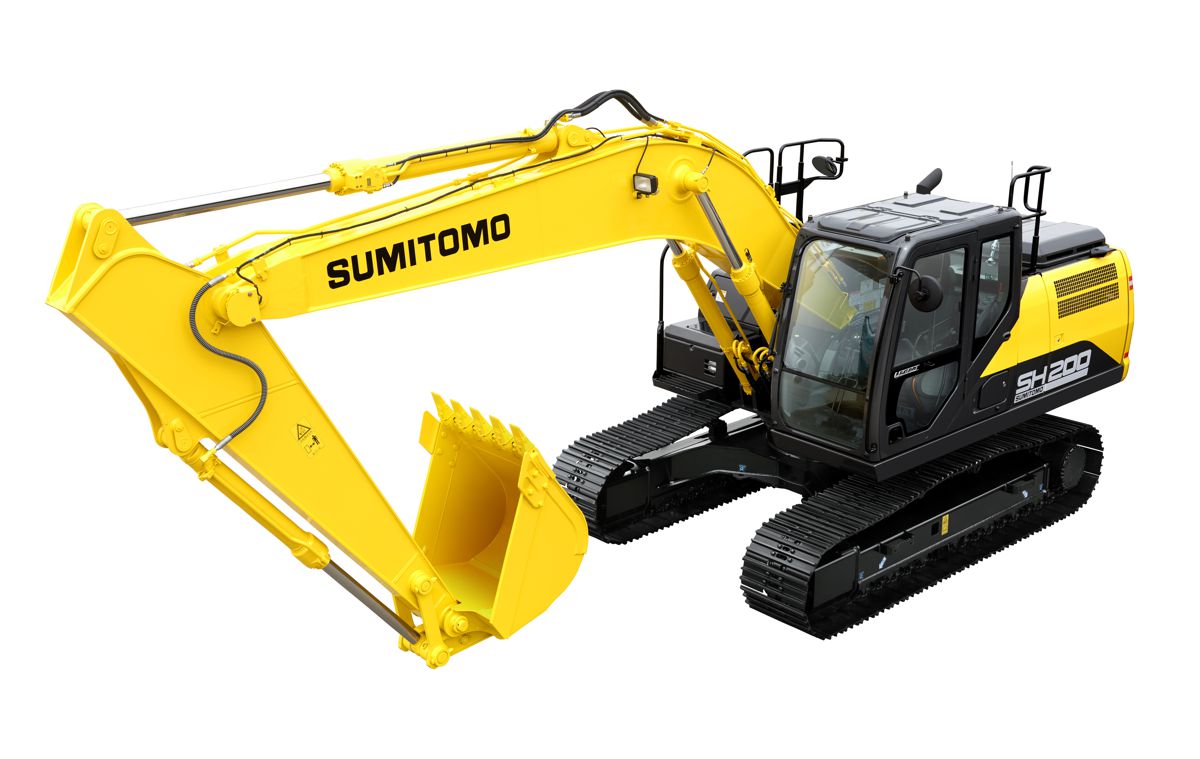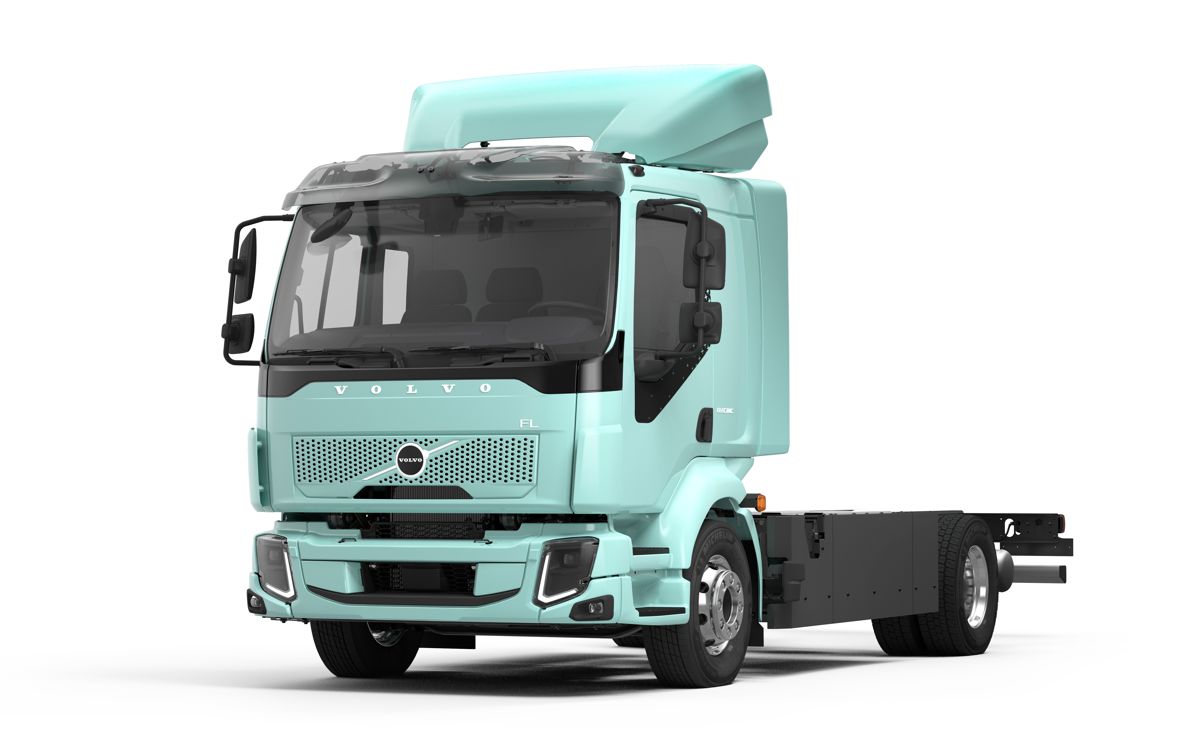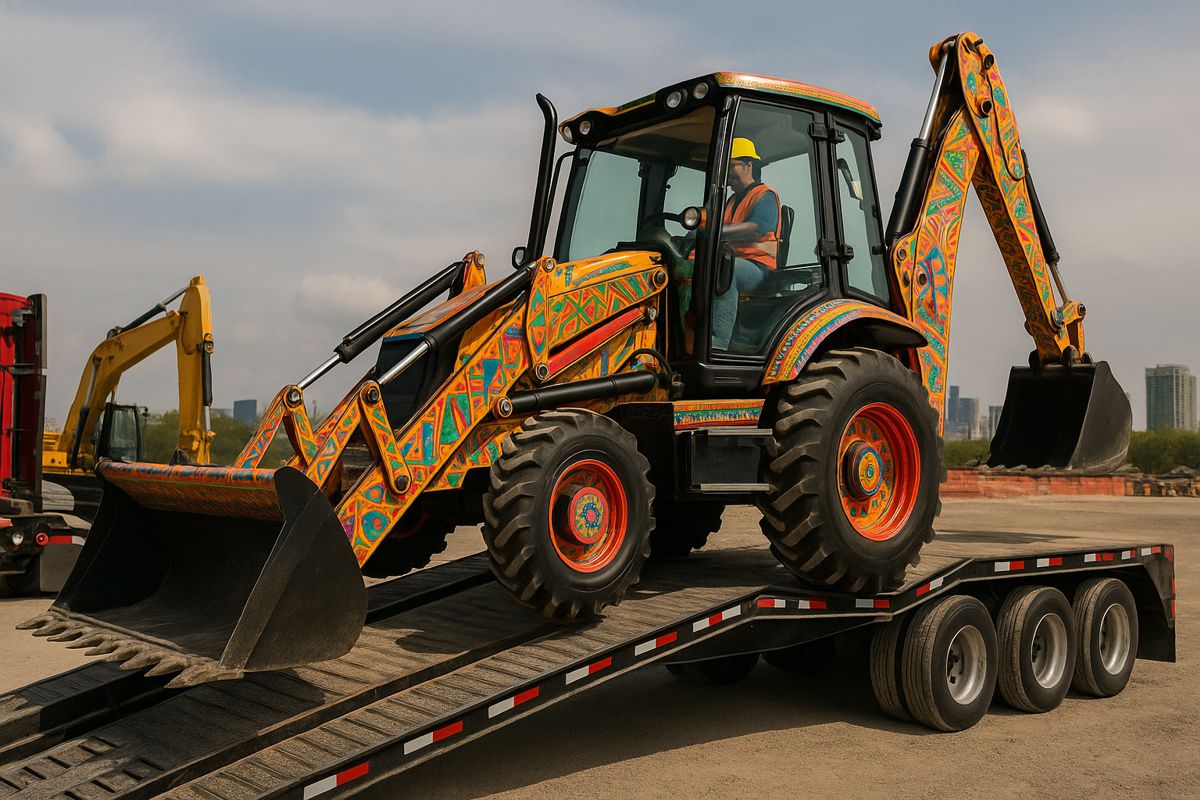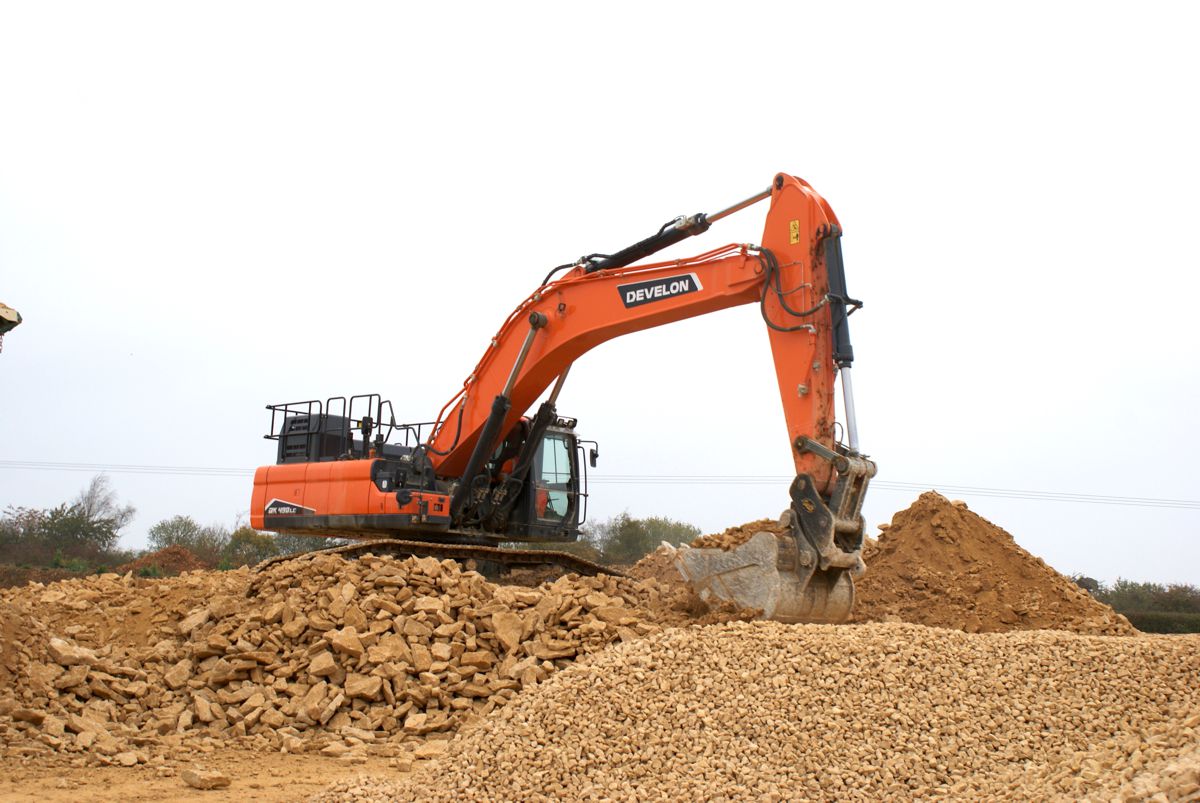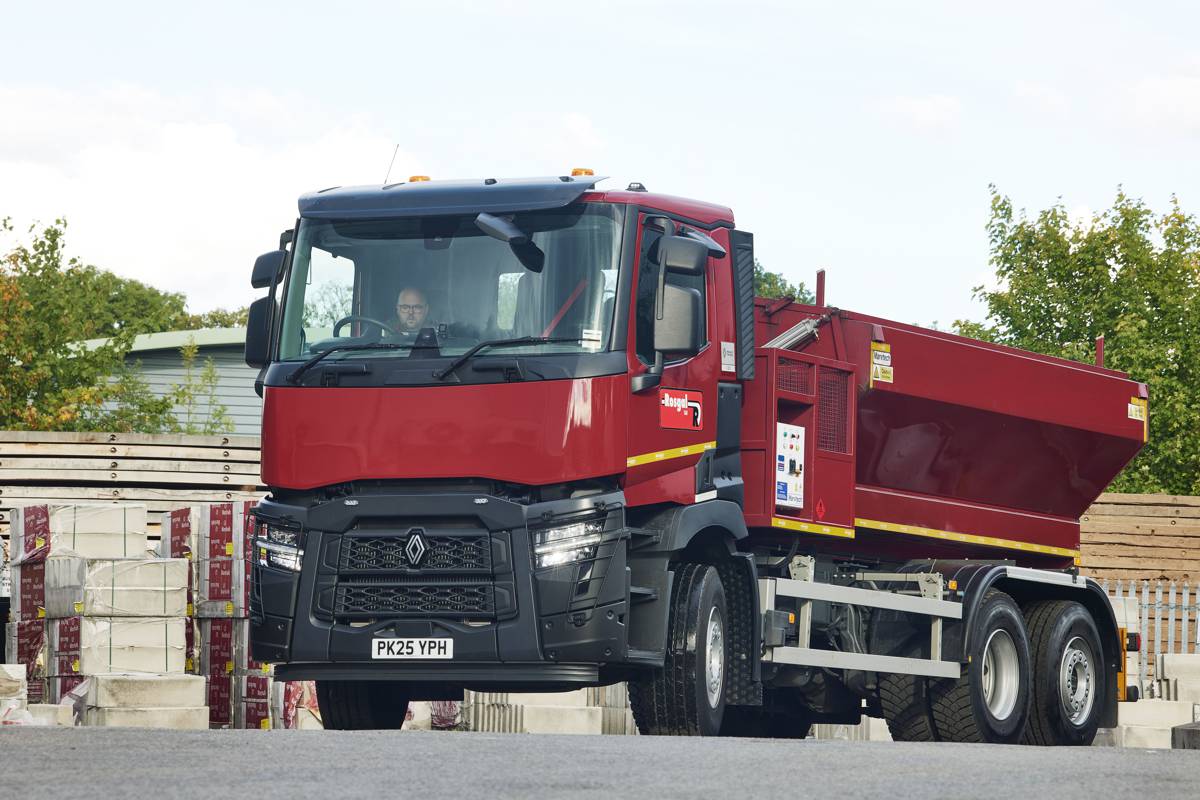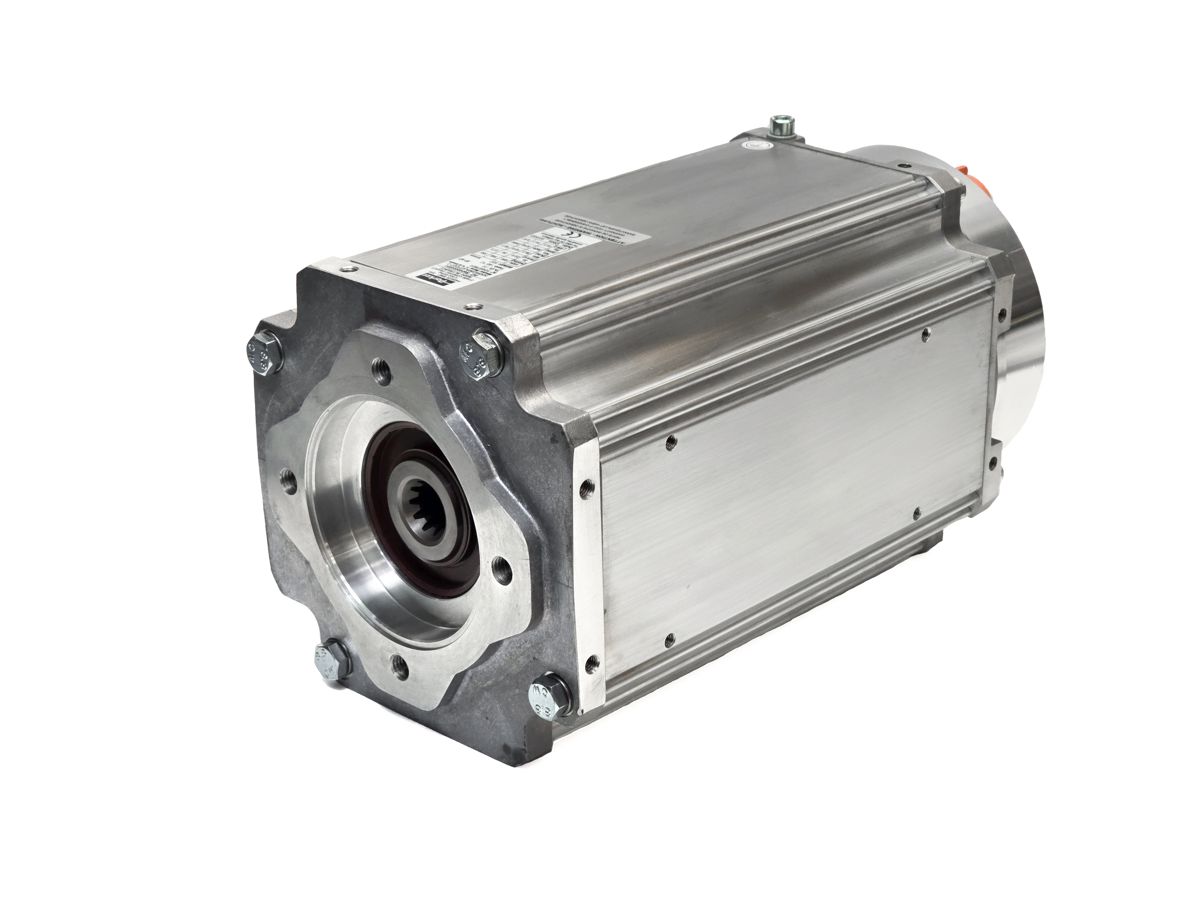A Guide to Bearings: Performance, Durability, and Cost
Bearings are the workhorses of machinery and equipment. From industrial processes to transportation systems, virtually everything with moving parts depends on bearings to function properly. Whether you’re in the market for high-speed bearings or maintaining railways, the type of bearing you choose really makes a difference.
Hybrid and railroad bearings are two of the many winding roads leading to specialized solutions if you have unique requirements.
There are also many other types of bearings to choose from, and as such, we will review the basics first, then cover the different types and applications before returning to the subject of hybrid vs. railroad bearings.
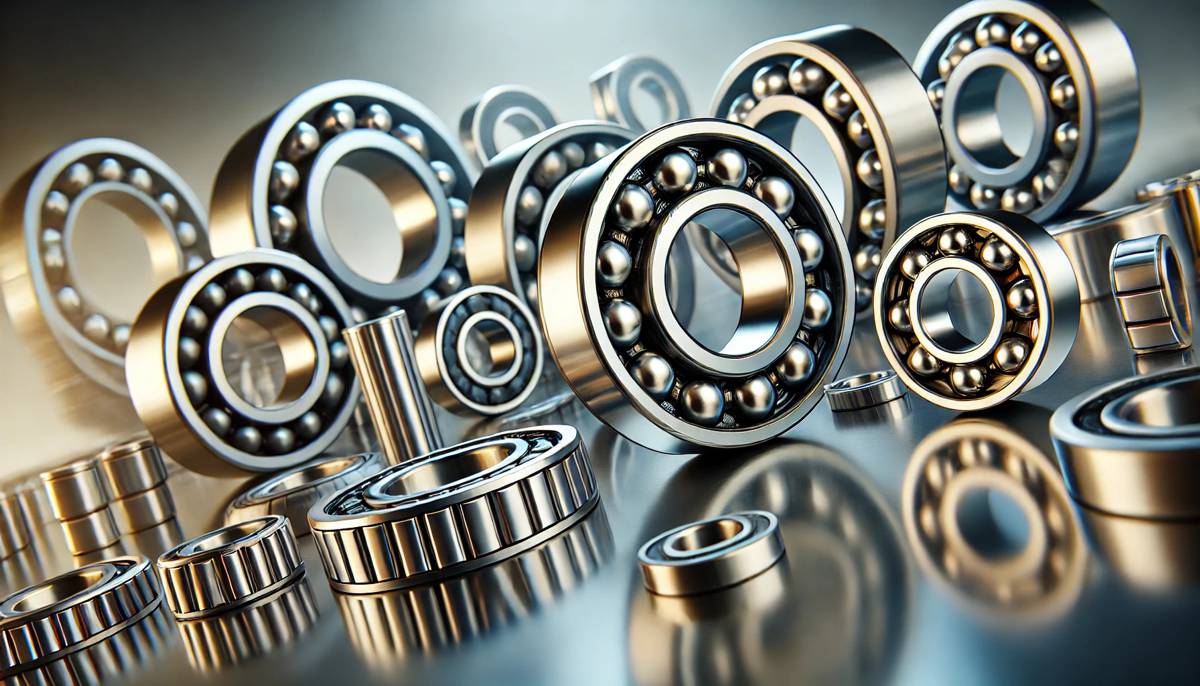
Understanding Bearings and Their Role
At a fundamental level, bearings do two things: They reduce friction between two objects so that one can slide over the other more smoothly, and they help stabilize a piece of machinery or equipment in a way that makes it work properly.
But, all bearings are not created equal. Different bearings have different refraction capabilities based on the load capacity, application, and conditions being used. And in some cases, this is where specialized bearings like hybrid and railroad shine.
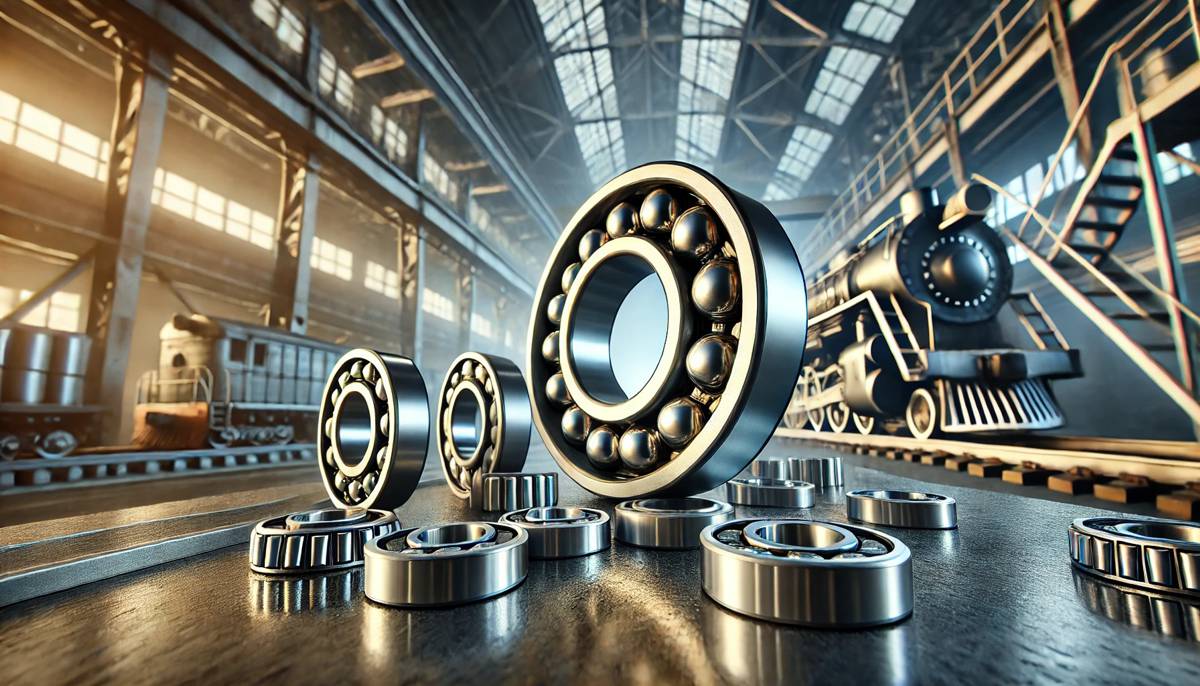
What Are Hybrid Bearings?
Hybrid bearings are, quite literally, a hybrid of two types of bearings — steel and ceramic. Hybrid combination designs offer some benefits in terms of performance, especially in high-speed and high-temperature applications.
Key benefits of hybrid bearings include:
- Reduced Friction: Ceramic materials have a lower friction coefficient, which improves efficiency.
- Extended Life: Because the rolling members are ceramics, they are virtually harder than steel. This aspect allows for a lower wear and tear rate than traditional all-steel bearings.
- Corrosion Resistance: In particularly harsh environments, hybrid bearings do better under conditions where there is a lot of moisture or where chemicals might be present.
Indeed, hybrid bearings can be utilized for electric motor applications, wind turbines, and the aerospace industry. Any place where precision and long mean time between failure is a design priority.
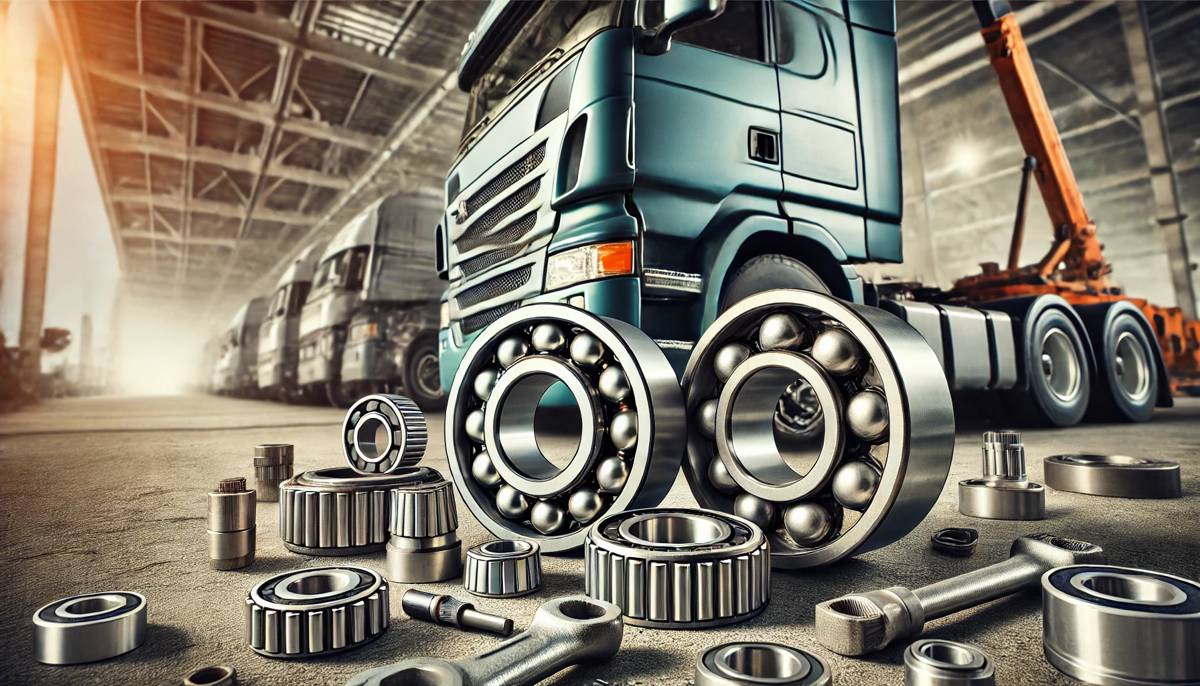
Railroad Bearings: Built for Strength and Longevity
Railroad bearings are built to withstand the weight and friction of a moving train. While they might not be necessary for every piece of equipment or machine that moves on wheels, railroad bearings almost have a place for any operating unit. Here, four specialty bearings do the heavy lifting.
What makes railroad bearings unique?
- High Load Capacity: These bearings are made to withstand the enormous weight that trains can carry.
- Shock Resistance: They’re built to withstand vibrations and impacts from uneven tracks.
- Long-Lasting: Though an essential feature of all bearings, these are built to last a long time. This is particularly important in railway situations because of the disruption they can cause if trains need to be taken offline to train out failed bearings.
So, like I said earlier, almost any machine you can point to has bearings on it. But specifically, any train you’ve ever been riding in additionally has a train bearing.
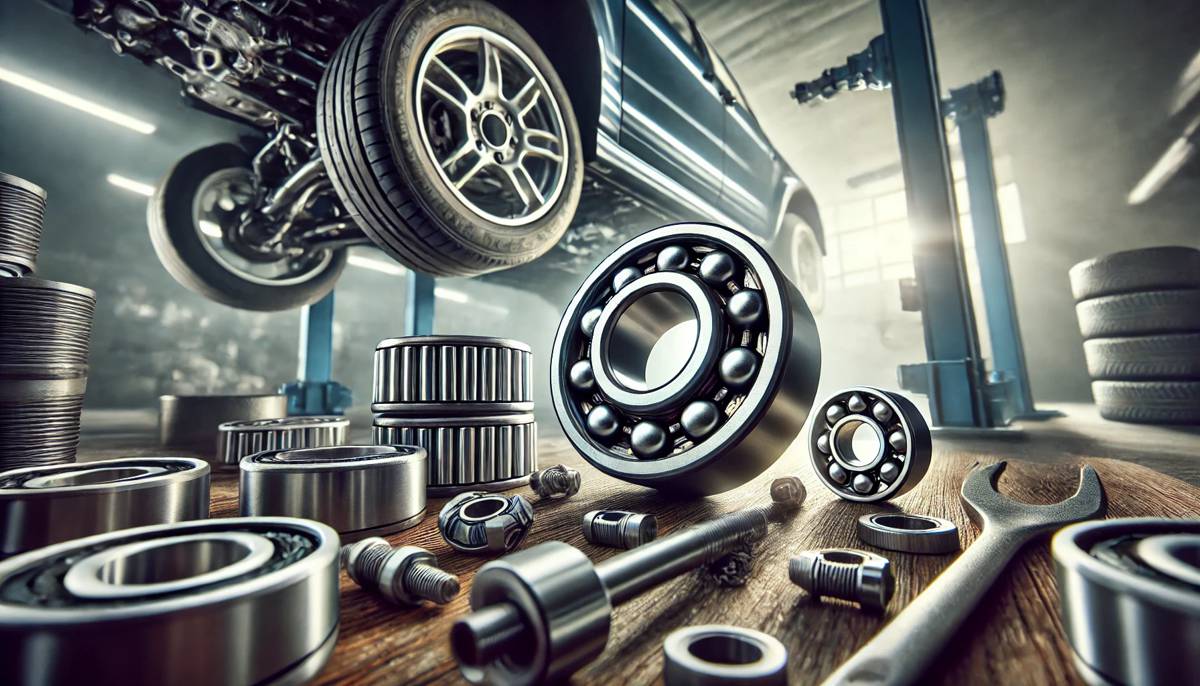
Comparing Bearings: Performance, Durability, and Cost
Performance
- Hybrid bearings are built for high-speed precision. They have notoriously low amounts of friction, combined with their thermal abilities to withstand extreme temperatures.
- Railroad bearings are used to ground powerful trains. Being able to withstand high loads as well as friction, it can be said to a limited extent that railroad bearings can withstand just about all-terrain conditions.
Durability
- Hybrid bearings are an essential hardening material, which means they have fantastic well resistance characteristics. This allows them to be suited for extreme environments.
- Railroad bearings never have to worry about maintenance. They are typically exposed to the outdoors in addition to the potential sharp impact applied by moving steel wheels. Often, bearings are really made to withstand all applications.
Cost
- Hybrid bearings typically come with an increased upfront cost due to their material composition factors which make them hard to manufacture
- Railroad bearings last long, so they’re cost effective over time and reduce maintenance requirements later.

Performance Meets Practicality
Bearings are pretty small, but they have a really big impact on how things work, how long they work, and what they’re going to cost. Whether you need next-gen ceramic hybrid bearings for surgical precision or something that you can drive a freight train with, you need to know what you’re looking for first.
The right bearing plus the right TLC (tender loving care) means better performance, less downtime, and saving money. Bearings keep your world in place and in motion.








